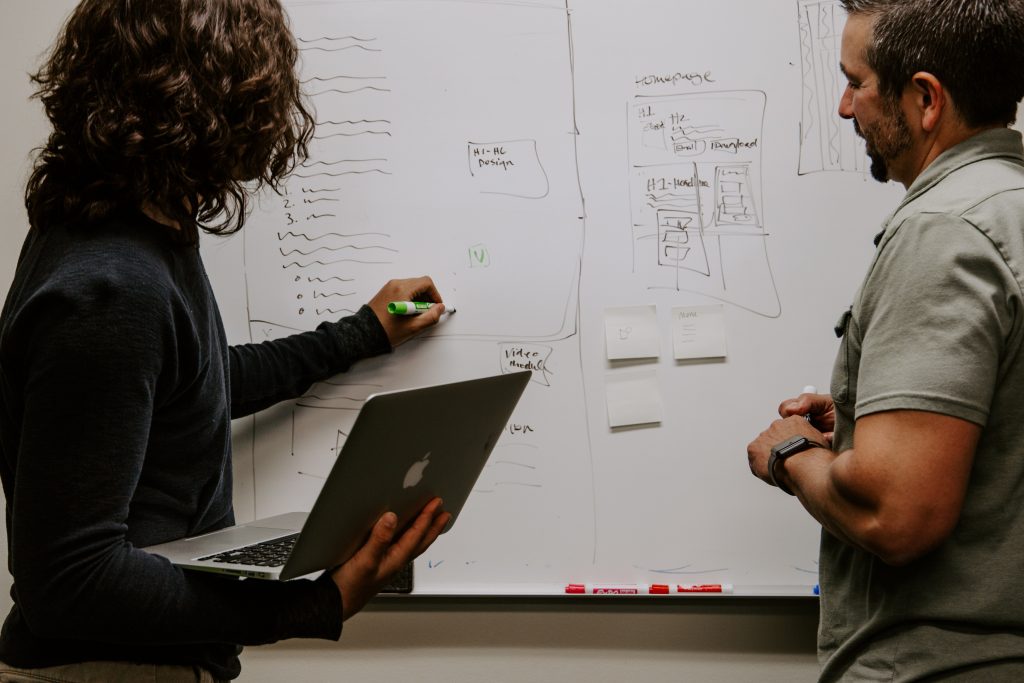
- admin
- April 16, 2018
- 12:05 pm
Anticipating Your Customer’s Next Step with a Customer Needs Analysis
“How can I best meet my customer’s needs?” This is the important question that ought to be in the mind of anyone proactively managing a business. To answer it, you need hard data on what those needs are.
That data comes from various sources and should end up in your CRM software such as Salesforce.com and other customer databases for detailed — and automated — study. The end result is a customer needs analysis.
It’s their needs — not yours
One of the most important things to keep in mind is that this is a customer needs analysis. That means you’re trying to figure out what to offer that will truly be of value to them — not just bombarding them with fluffy features and services just because those are things you’ll find easy to offer.
Meeting your customers where they are is the core of the concept. In “How to Be 2 Steps Ahead in Anticipating Your Customer Needs” Adam Rogers at the Kayako blog takes a deep dive into the process; we’ll cover the high points here.
On the path to learning what your customers need, you’ll need to answer three key questions:
- Who your customers are
- What they think of your company and your competitors
- Where they are on their sales journey
Let’s look at each of these in turn.
1. Who are you? This means more than just pulling info from pictures of business cards into your CRM database. The data you need from your customers includes:
- Demographic data: Examples, age, gender, occupation
- Geographic data: Examples, location, region, whether they live in an urban or rural area
- Behavioral data: Examples, range of usage, loyalty status
- Psychographic data: Examples, personality, lifestyles, attitudes, economic class
All this is necessary to truly put yourself in your customer’s shoes and understand what they need.
2. What do you think of me? Your customers have lots of needs, of course, but you want to know specifically about the ones that pertain to your industry or market segment. You’ll want to find out how they how they perceive your products in relationship to their own needs, and also what they expect to get from a typical company in your field — and what they expect to pay for it.
3. Where are you going? You’re no doubt already familiar with the Awareness-Consideration-Decision sequence when it comes to purchases. You need to know where customers as individuals and in aggregate are on that journey. One great way to quantify that is by means of predictive analytics; MyCustomer has a great deep dive into the details of how that works.
Data and how to get it
Of course, all this analysis requires hard numbers and information. To gather it, you’ll want to combine industry-wide data and stats compiled by third-party companies with information specific to you: company-specific case studies, product reviews, and responses to post-purchase surveys from your customers. You can even check out message boards and comment thread to get a sense of what the “vibe” is out there on you and your competitors. A Quickskill Virtual Assistant can be a big help with these tasks.
One final thing to keep in mind: customer needs analyses should be an ongoing process, not a one-shot deal. Think about how just a few years ago, commercial aircraft were no-Internet zones. Airlines that were able to provide in-flight Wi-Fi were meeting real customer needs — but today that service has gone from differentiator to something passengers expect as a matter of course, and airlines are in the hunt for the next need they can meet.
A Quickskill Virtual Assistant can help
A final note: Anticipating customers’ needs takes effort, but it’s crucial for building long-term loyalty. A Quickskill Virtual Sales Assistant can be a huge help for researching and putting your CRM software to work. In fact, many of our Members don’t realize we work in Salesforce as much as we do. It’s actually our preferred CRM, and we’re more than happy to help you proactively help your customers.
Categorized
Posts you might also like...

6 Leadership Quotes on Delegation to Inspire You to Greatness
February 5, 2023

How a Delegative Leadership Style Improves Team Success
February 5, 2023

How to Use MOCHA to Delegate Effectively
February 5, 2023

